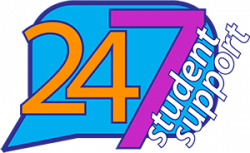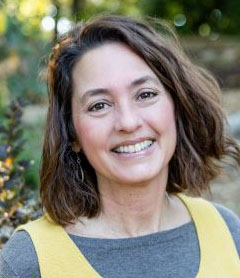One of my favorite genres of articles involve creativity in the schools, which are usually about K-12 initiatives that stretch way beyond our standardized-testing mania.
I can’t resist sharing some of my favorite ideas I’ve learned about in the last few months:
- Grand Rapids Public Museum School, where a struggling school district opened a school *inside* a struggling museum. The museum’s collections are folded into the curriculum, and students learn through hands-on, community-based activities, including a local river-revitalization project. ( More )
- An outdoors-oriented Forest Kindergarten program at a public elementary school in Georgia, which builds its curriculum around year-long research projects at each grade level. ( More )
- Tiny Trees, an outdoor preschool program in Seattle, which partners with the city’s parks and recreation program to provide hands-on, nature-based experiences. ( More )
Collecting these kind of innovative ideas is critical to my role in grants, as I’ve explained before.
Just last week, I stumbled upon this article: How Schools Can Stop Killing Creativity (which is really just an excerpt from a new book called “Pushing the Limits.”) I recommend reading the entire story, but there was one nugget, way down in the article, that relates directly to an issue we are struggling with at Virginia Western.
In an effort to boost creative problem-solving skills, a Toronto public high school introduced an “integrative thinking” methodology in a Creative Problem Solving business class.
In one class project, students were challenged to use this methodology to help boost their school’s enrollment. The details of the student solutions are not as important as the simple act of involving students with the problem.
And we have a problem. For the first time in more than 20 years, Virginia Western’s enrollment has dipped to under 11,000 students. We have a Retention Town Hall scheduled for Jan. 11, where faculty and staff have been encouraged to share ideas on reversing this trend. That’s more than enough time to ask our students.
Asking students to help solve our biggest problems speaks to my beliefs about education — beliefs that were ignited during my undergraduate experience at George Mason University. In the mid-1990s, this giant commuter school in the suburbs of Washington, D.C., introduced a small, liberal-arts-infused program called New Century College (since renamed School of Integrative Studies), which aimed to bridge the classroom with the real world. I was among the very first cohort who experienced an integrative approach that required regular group work from its students, professors from different disciplines team-teaching courses, experiential learning credits, and a senior-year portfolio centered on core competencies (communication, problem solving, critical thinking, etc.). I earned a Bachelor of Arts in Integrative Studies, which allowed me to build an English-leaning degree around my own curiosities. My experience was deeply transformative … it’s probably why I’m writing this now.
The principal of that forward-thinking high school in Toronto sums up my experience quite well:
“[W]hen students are given an opportunity to make a difference–when they have real problems to solve that are connected and related to community and organizations–it ignites a passion for them to engage in their learning.”
Perhaps some of us are willing to give it a try at Virginia Western?






 Shelley Lyons is glad to be back on campus as she is a Virginia Western alum, and has served as the Administrative Officer for Grants Administration at Virginia Western since early 2022. Prior to VWCC, her career focus was within the Human Services and Arts fields. She wrote her first grant in 1996 on a whim and has continued to plan and learn since that time. She most enjoys seeing a well-planned project come to fruition, where funder, project manager and beneficiaries can all feel success and see impact.
Shelley Lyons is glad to be back on campus as she is a Virginia Western alum, and has served as the Administrative Officer for Grants Administration at Virginia Western since early 2022. Prior to VWCC, her career focus was within the Human Services and Arts fields. She wrote her first grant in 1996 on a whim and has continued to plan and learn since that time. She most enjoys seeing a well-planned project come to fruition, where funder, project manager and beneficiaries can all feel success and see impact.